Hello readers,
In this second part of our discussion on Toning vs. Bleaching, we’ll discuss the mechanism of treating hyper-pigmentation.
In our previous post addressing the difference between Toning and Bleaching, we concluded that “toning” in our Nigerian beauty lexicon, deals with trying to fade superficial dark marks in order to achieve a uniformed even skin tone, while Bleaching is to completely change one’s natural skin-tone. In this post our focus is “Toning” or evening out dark marks.
As Black women (and men), Hyper-pigmentation is a major skincare challenge of ours, simply because we have more melanin, and our body responds to inflammation (acne, bruise, etc) by producing more. Every time we step out in the sun, we trigger the enzyme that produces melanin as a way for our Body to protect us from sun damage, and the after effect is “tanning” or “darkening” of the skin.
Some people because of previous skin lesions have Post-Inflammatory Hyper-pigmentation (PIH) that don’t fade overtime and remains even after the skin is healed. To treat this PIH, we try to “lighten” the affected area.
So how do you lighten a Dark mark without Bleaching your entire skin?
First you have to understand how pigmentation works.
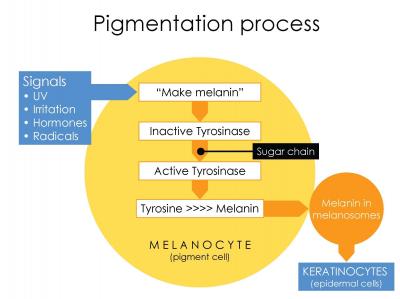 The chat above shows how signals, be it environmental or hormonal trigger the production of melanin.
The chat above shows how signals, be it environmental or hormonal trigger the production of melanin.
What are the Steps to Treating Dark Marks?
1. Exfoliate
Exfoliation especial chemical exfoliation peels away the upper layer of the epidermis where superficial pigmentation can be found. Doing this overtime exposes fresh and radiant new skin below. Some chemical exfoliants include: Alpha Hydroxy Acid, Glycolic Acid, Lactic Acid, Retinol, Kojic Acid, and Mandelic Acid.
Recommended products:
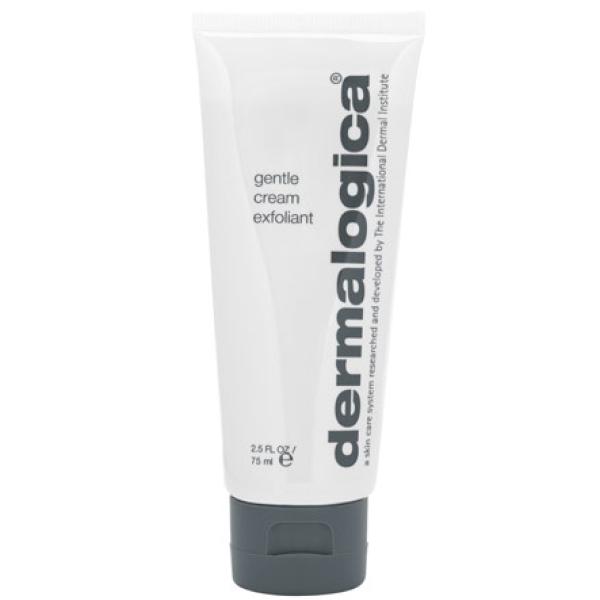
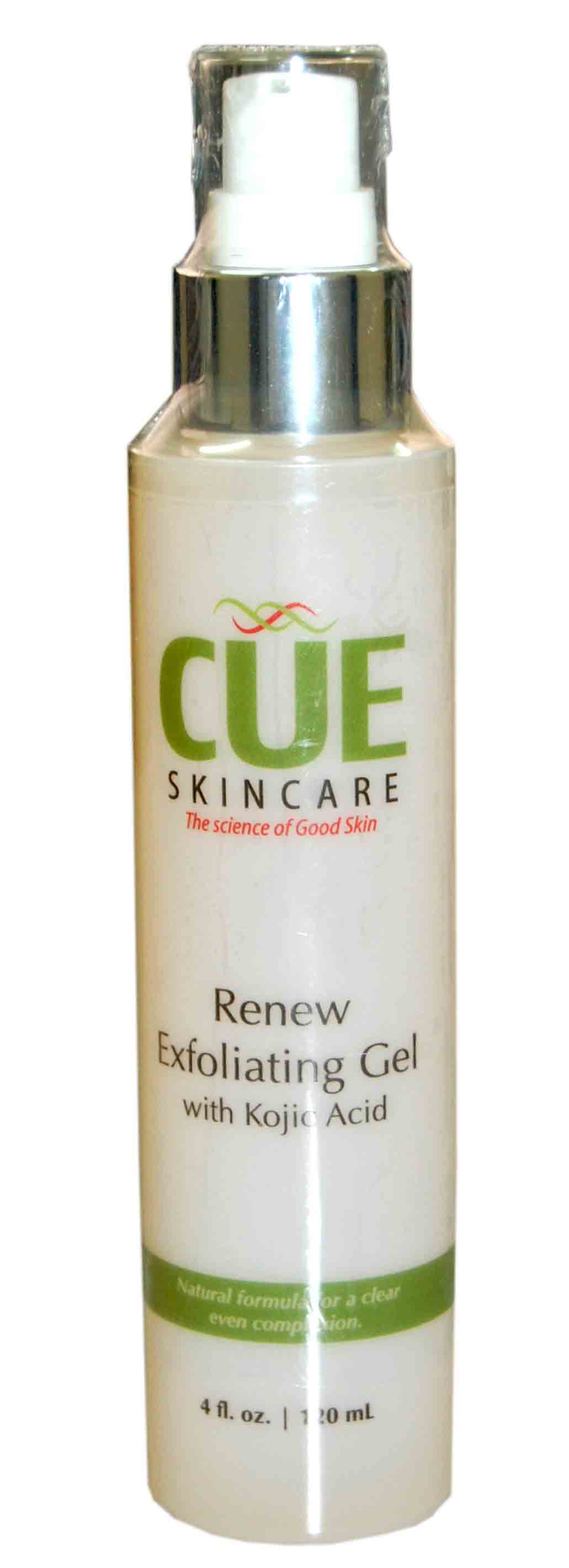
2. Lighten Pigmentation
Lightening the area being treated involves using active ingredients in topical formulations which work by affecting tyrosinase, the enzyme found in melanocytes that stimulates the production of melanin. *Some* Active Ingredients include:
Azelaic acid. This was developed for the treatment of acne. However, it has proven to be beneficial in the treatment of hyperpigmentation, especially PIH from acne lesions.
Kojic acid. This is a naturally occurring derivative of certain fungal species that features an efficacy similar to hydroquinone. The drawback is that it has the potential to cause contact dermatitis.
Niacinamide. Instead of affecting tyrosinase, niacinamide works by preventing the transfer of melanin to keratinocytes, the cells in the outermost layer of the skin. An active form of niacin (vitamin B3), it has been shown to significantly decrease hyperpigmentation.
**Information Courtesy of SkinInc.com**
Arbutin. Obtained from the leaves of the Vaccinicum vitisidaea and other plants, works by decreasing tyrosinase activity. Arbutin is not toxic to melanocytes.
Finding a product with any or a combination of these active ingredients will help in fading the dark marks overtime. But remember patience is key in treating Hyperpigmenation, being aggressive will cause the opposite effect and create more pigmentation.
Recommended Products:
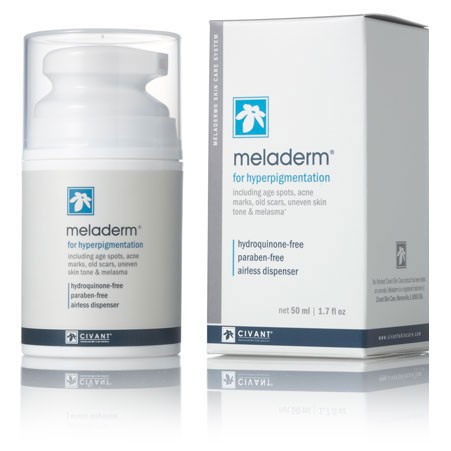
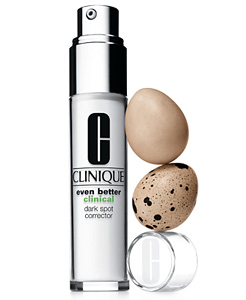
3. Prevent
When treating pigmentation issues, it is BEST to always wear an SPF of at least 30 and above. Exfoliation and using active ingredients in fading dark marks, makes the skin more photosensitive and receptible to sunburn so it is very VERY important you wear sunscreen every morning!! The necessity of daily sunscreen application cannot be emphasized enough.
Recommended Products:
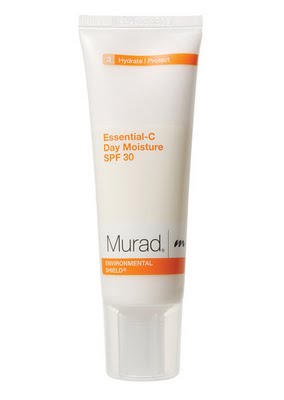
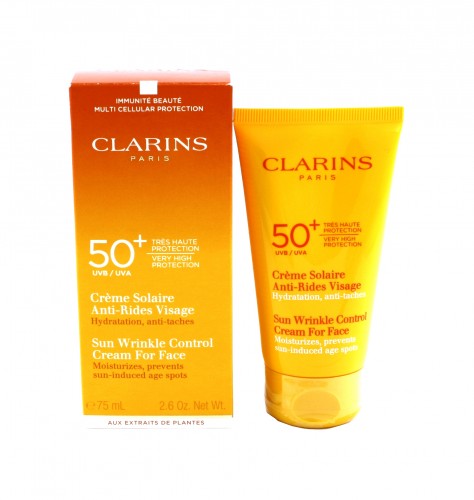
*all CUE Skincare Products can be purchased through myHairmyBeauty@yahoo.com**

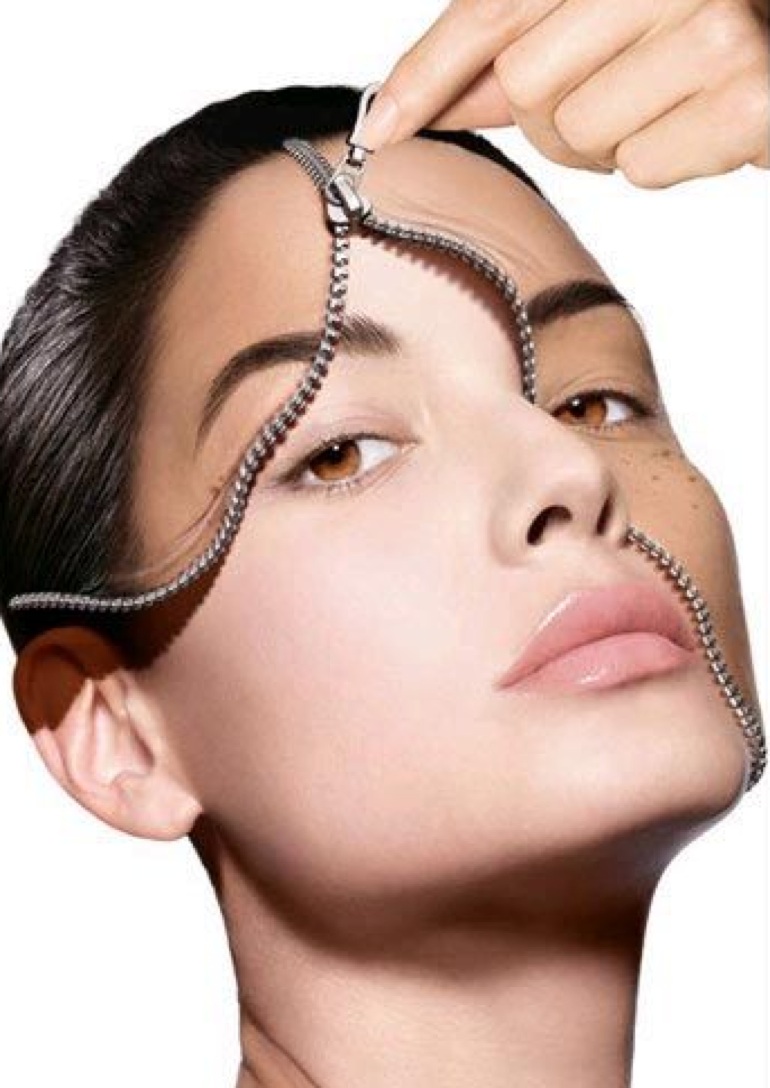

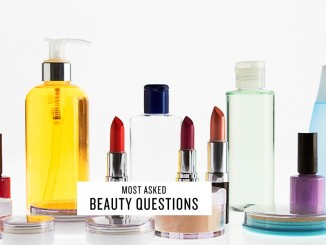
what do you mean by bleaching?